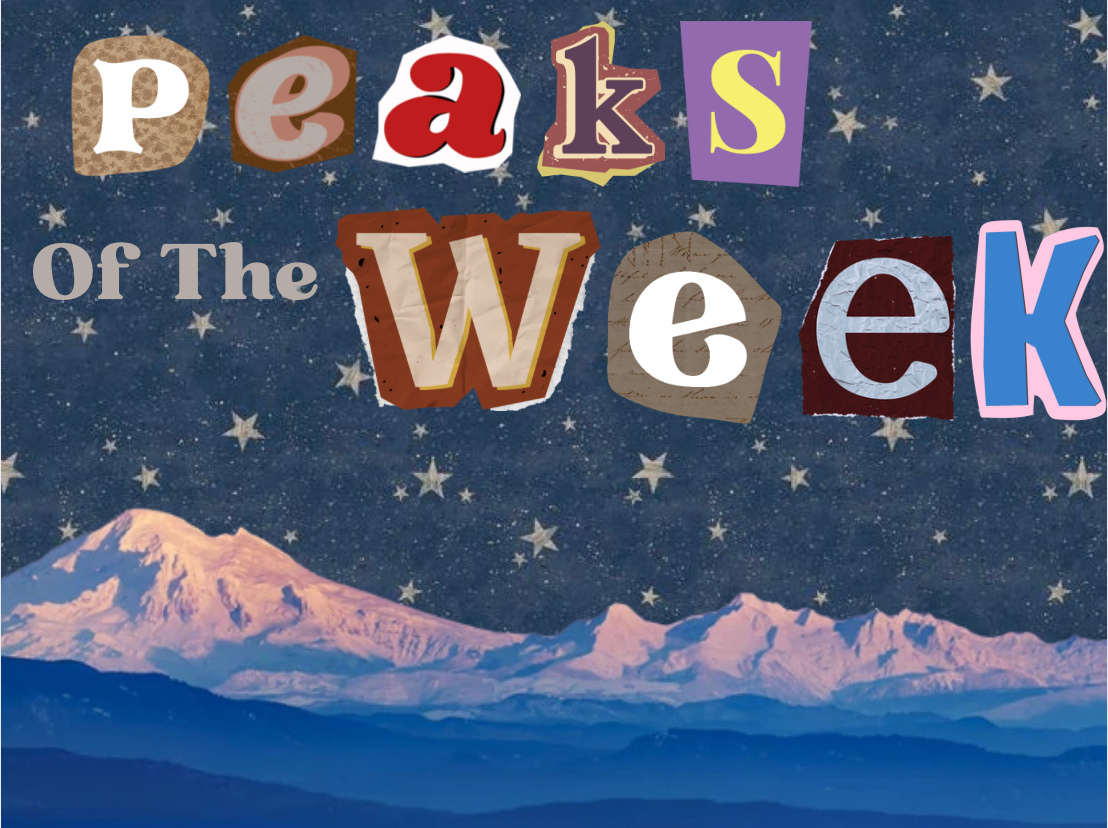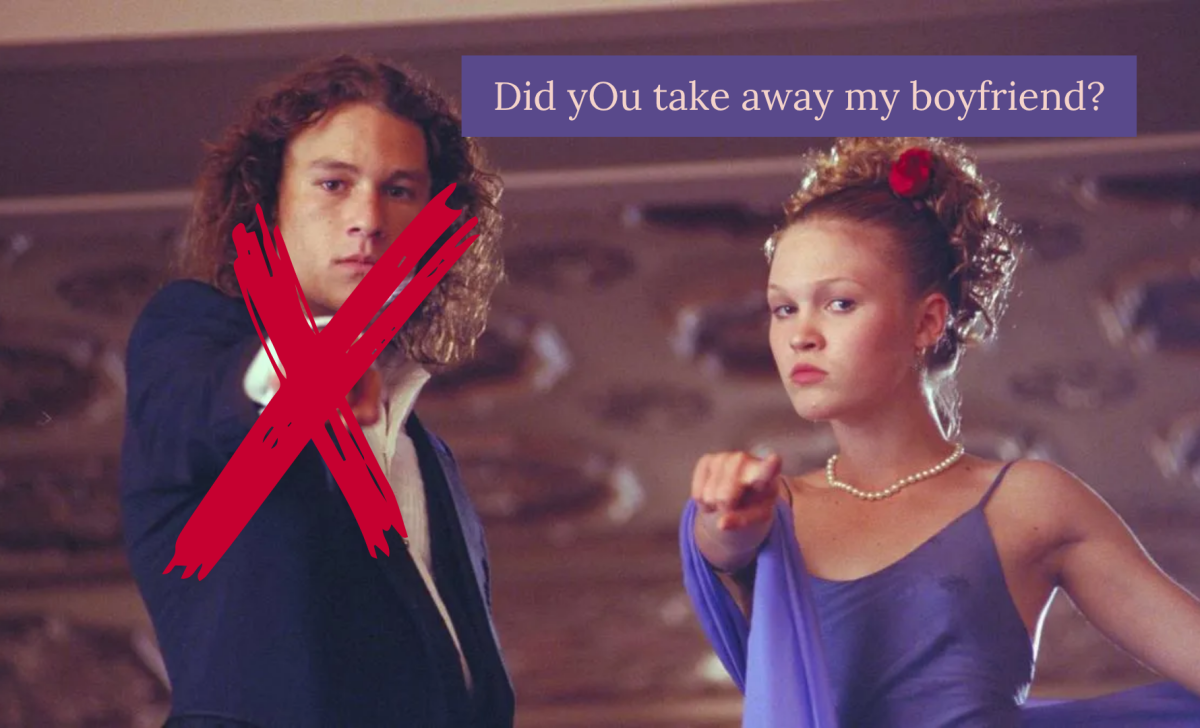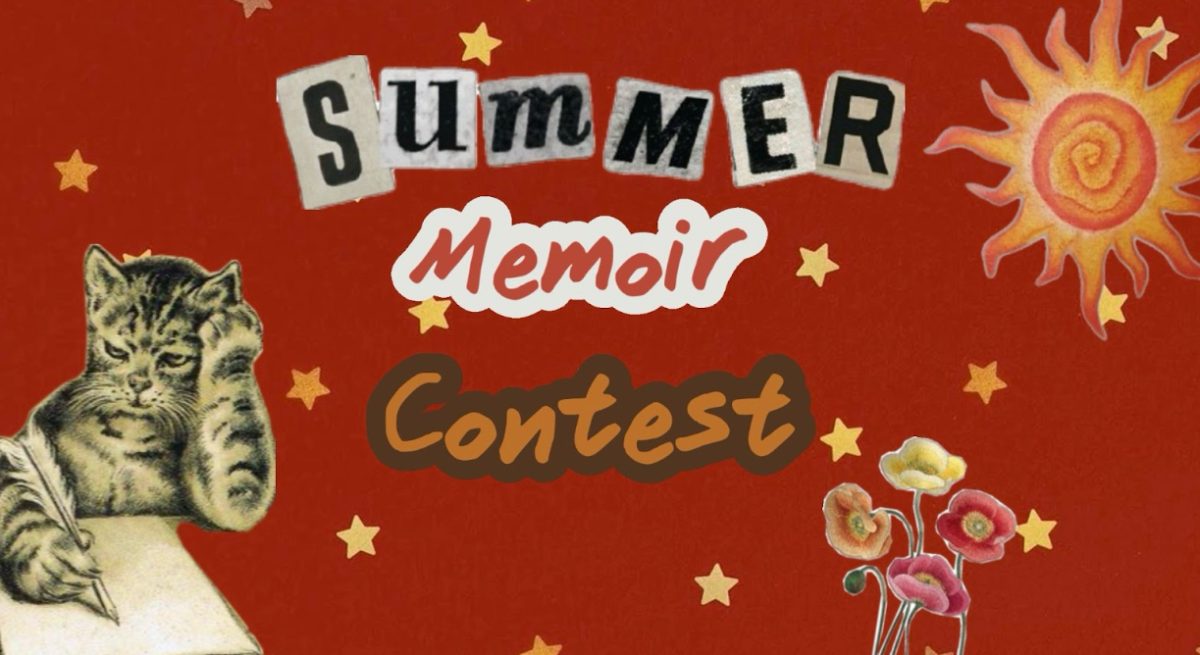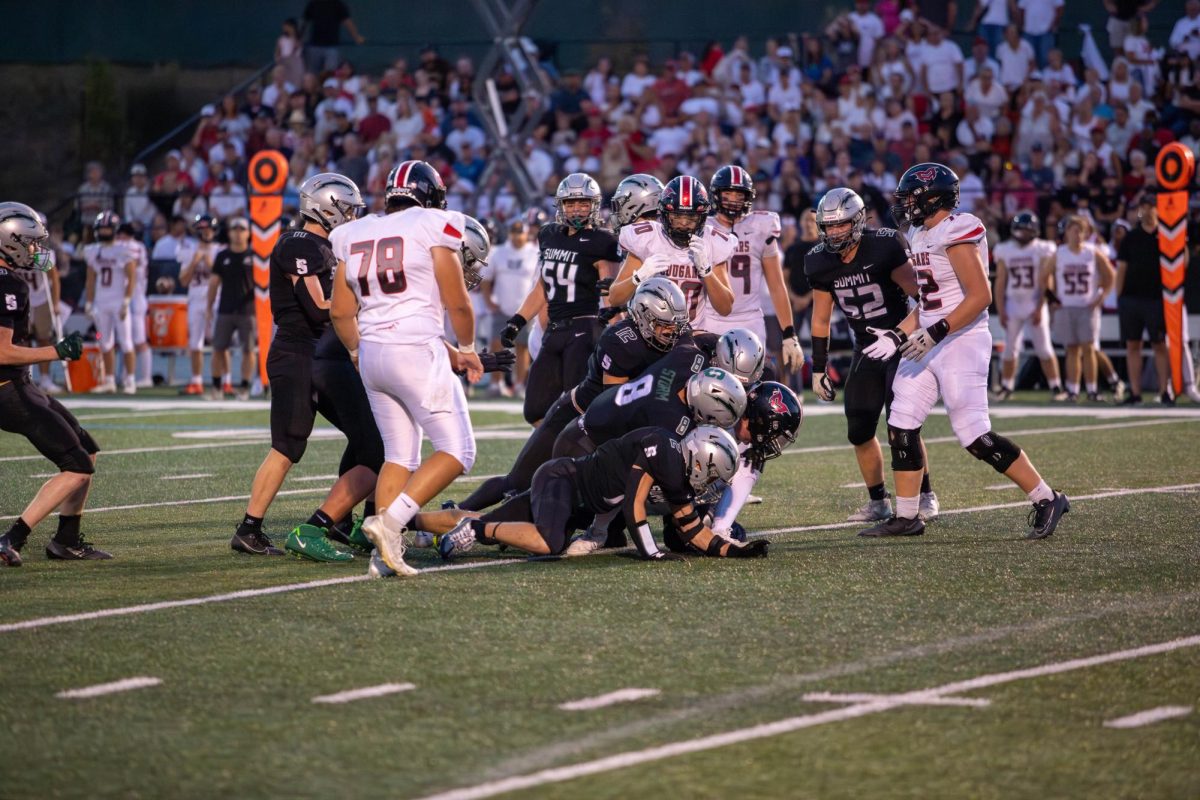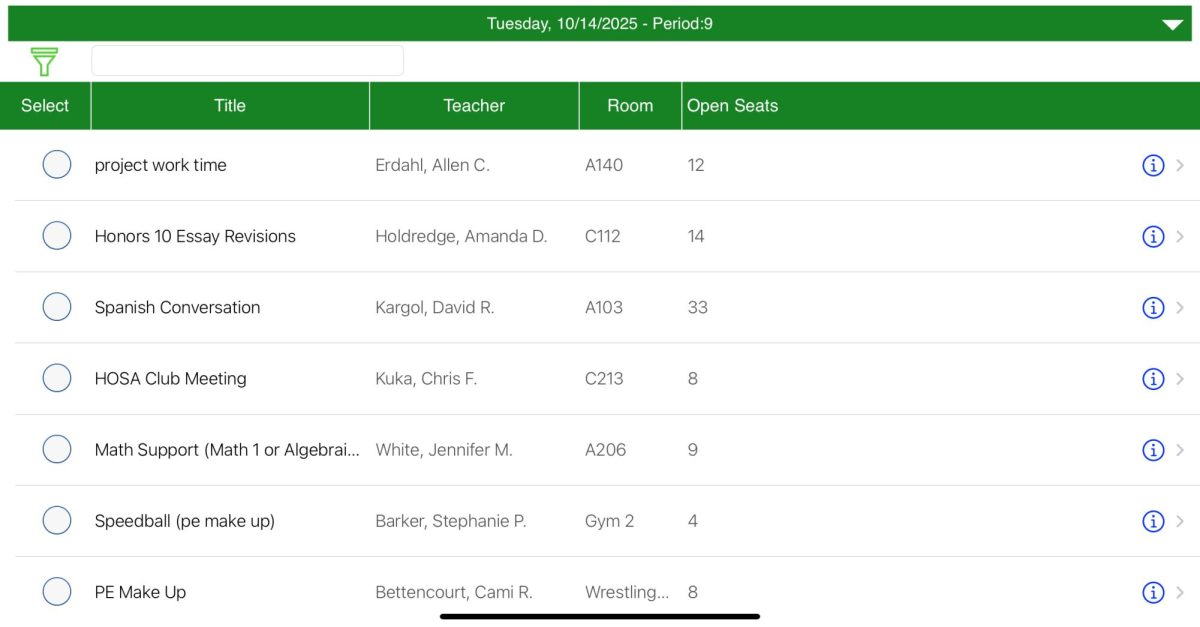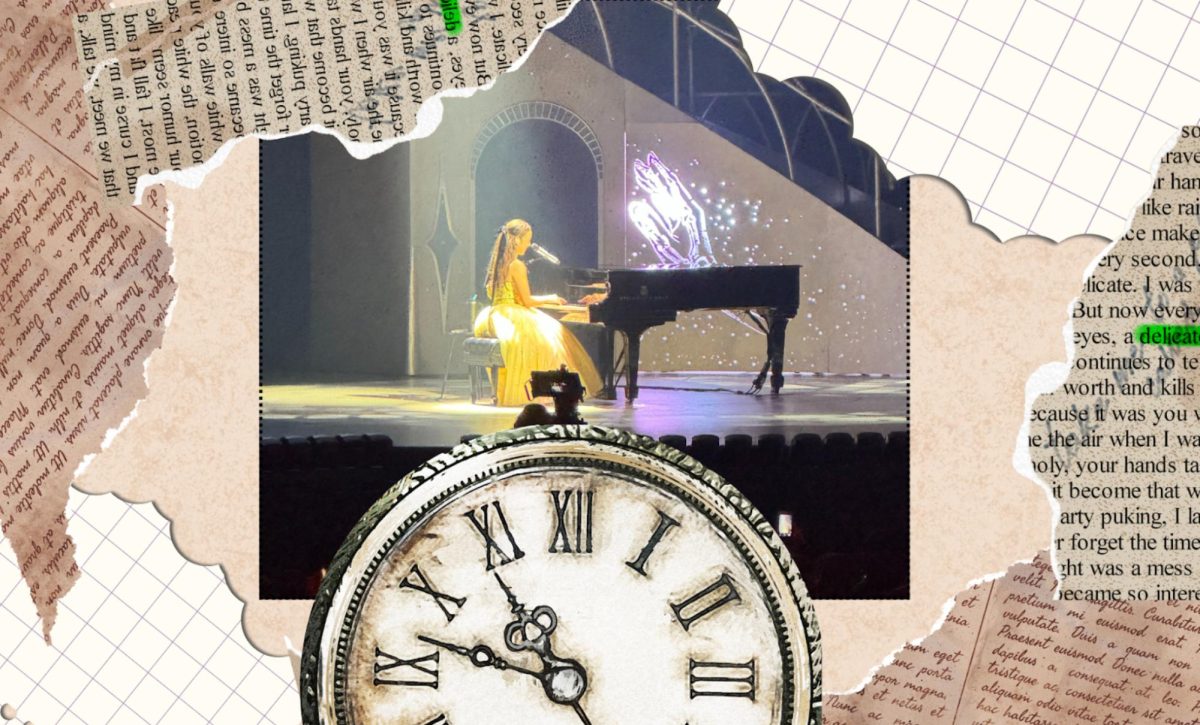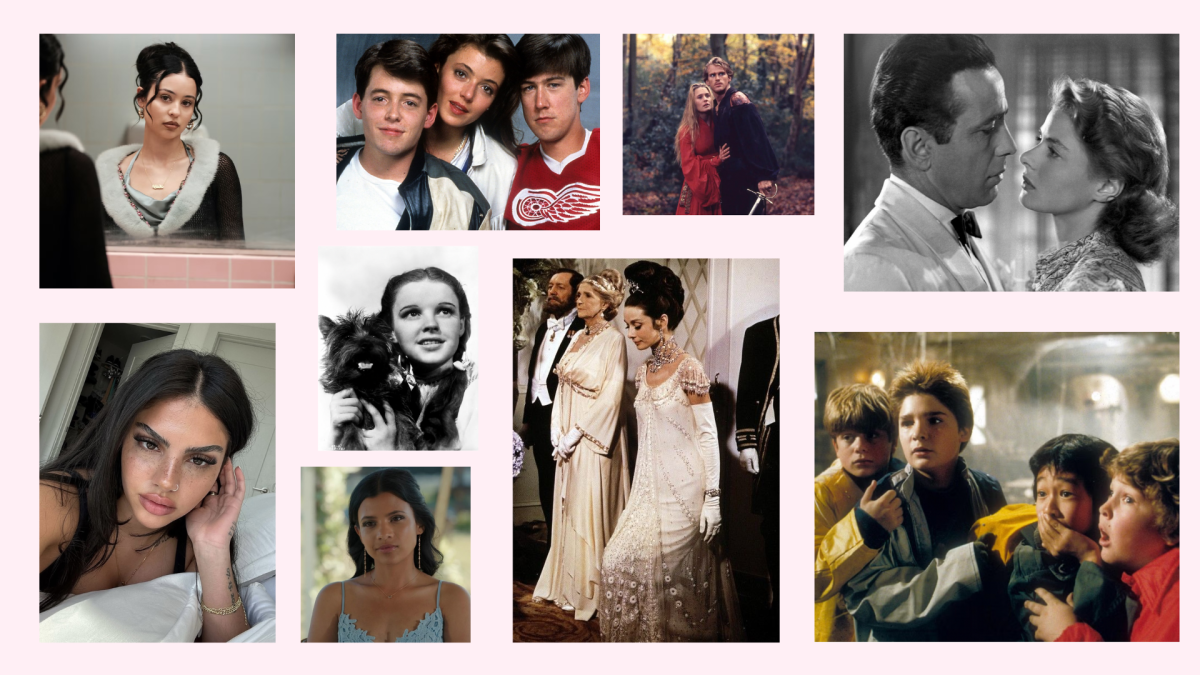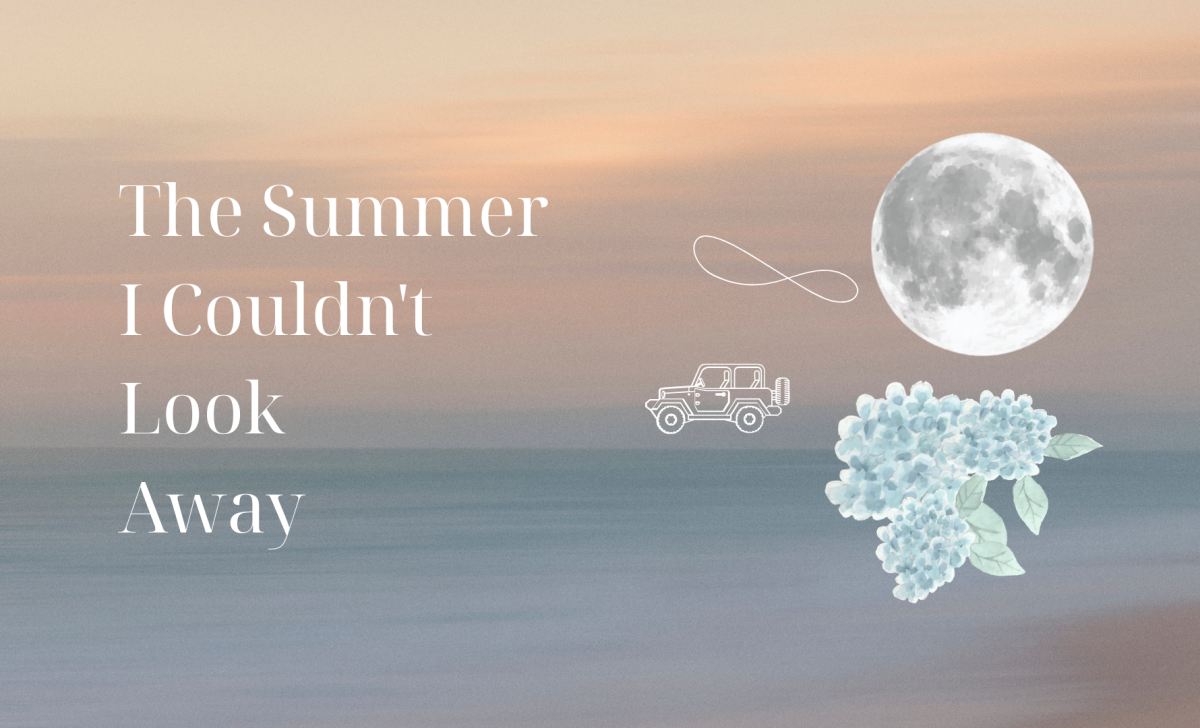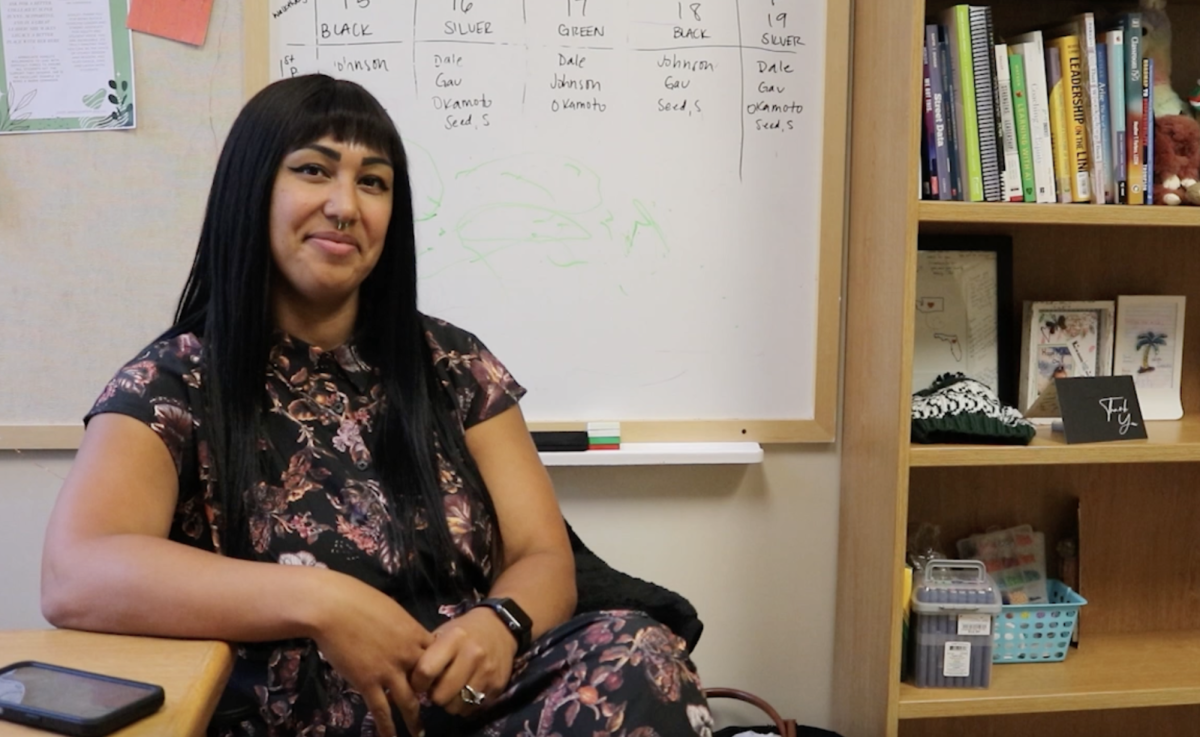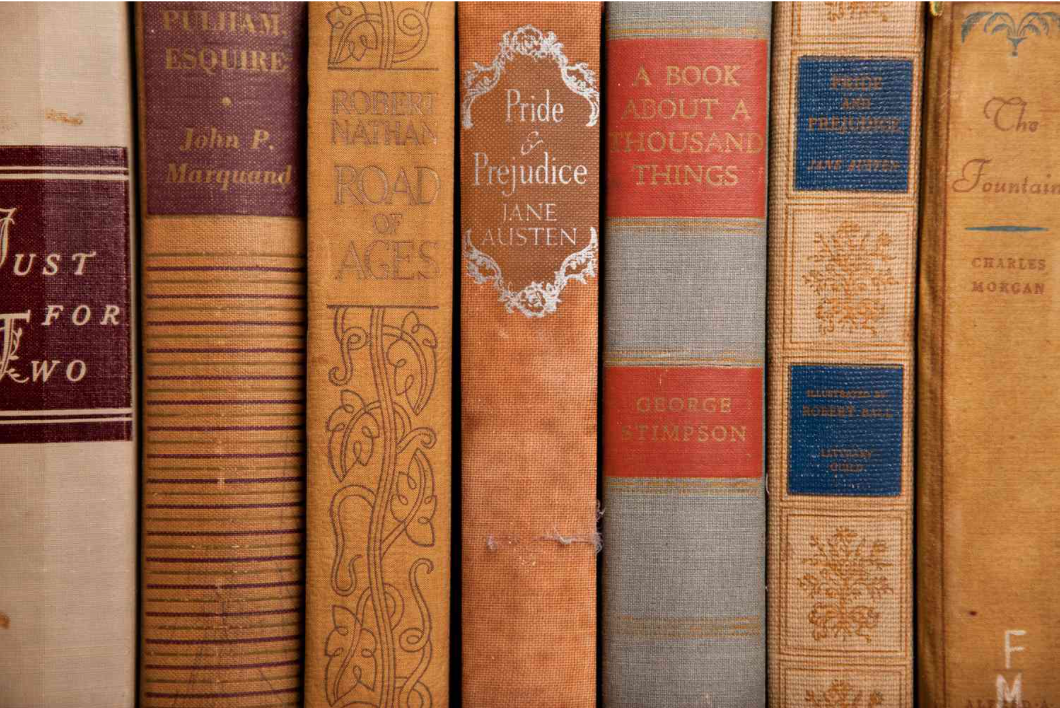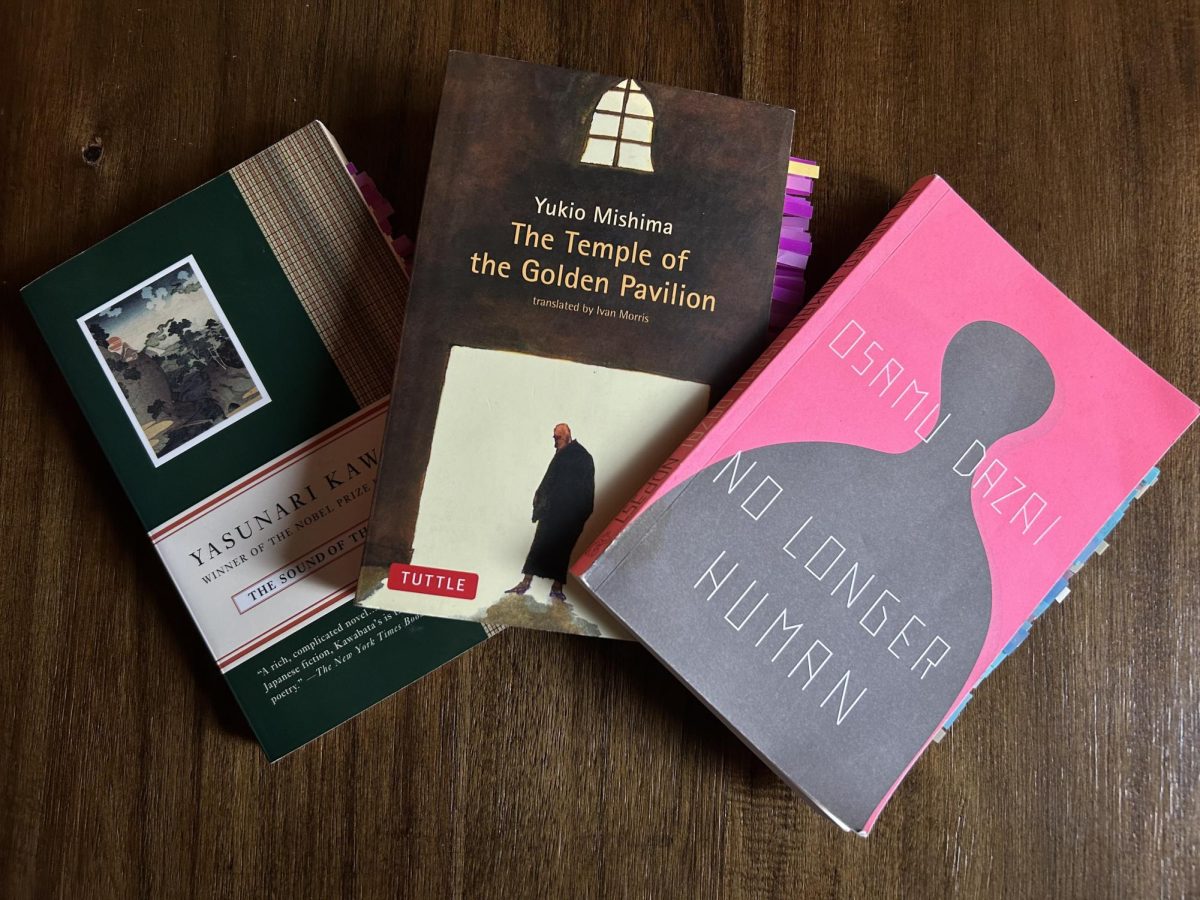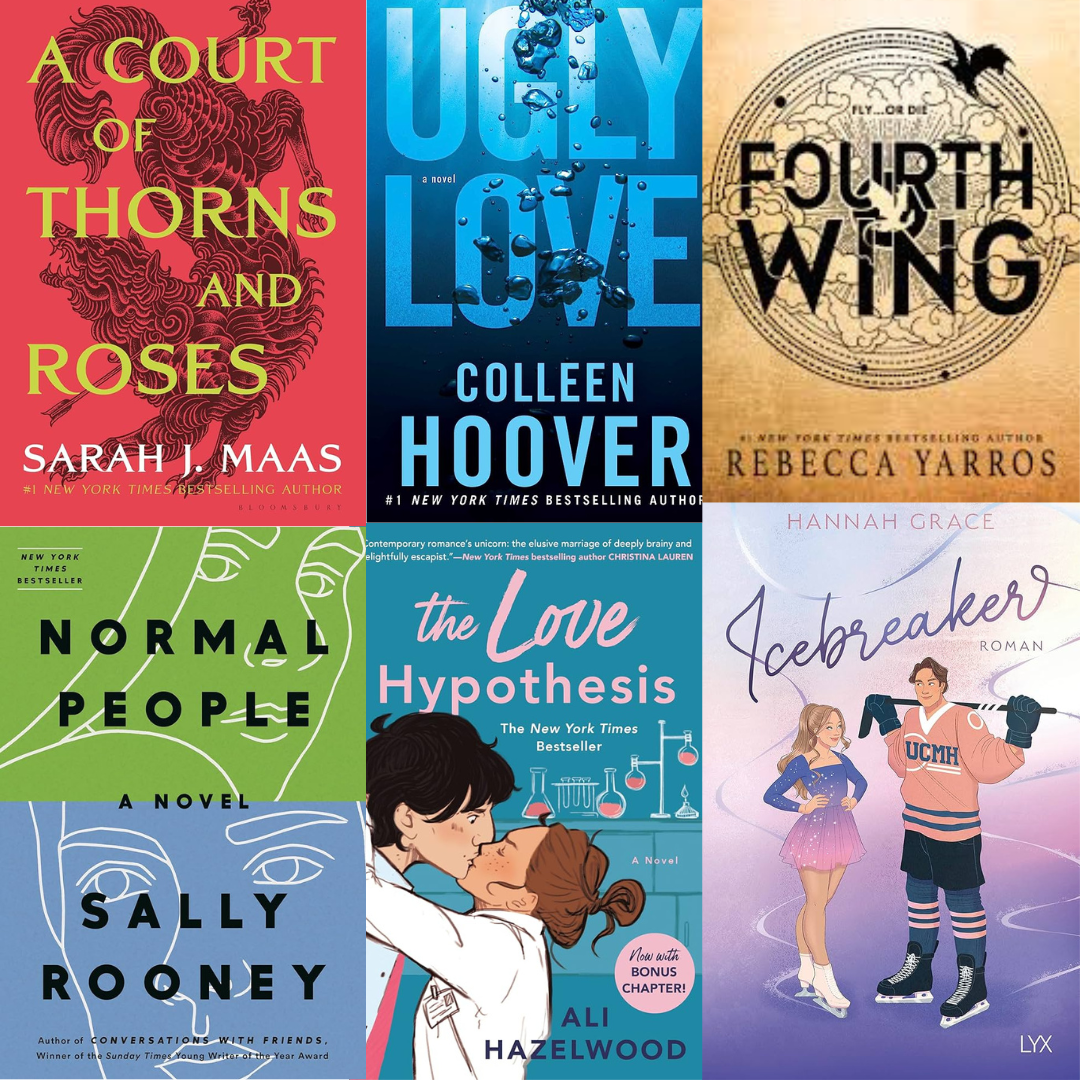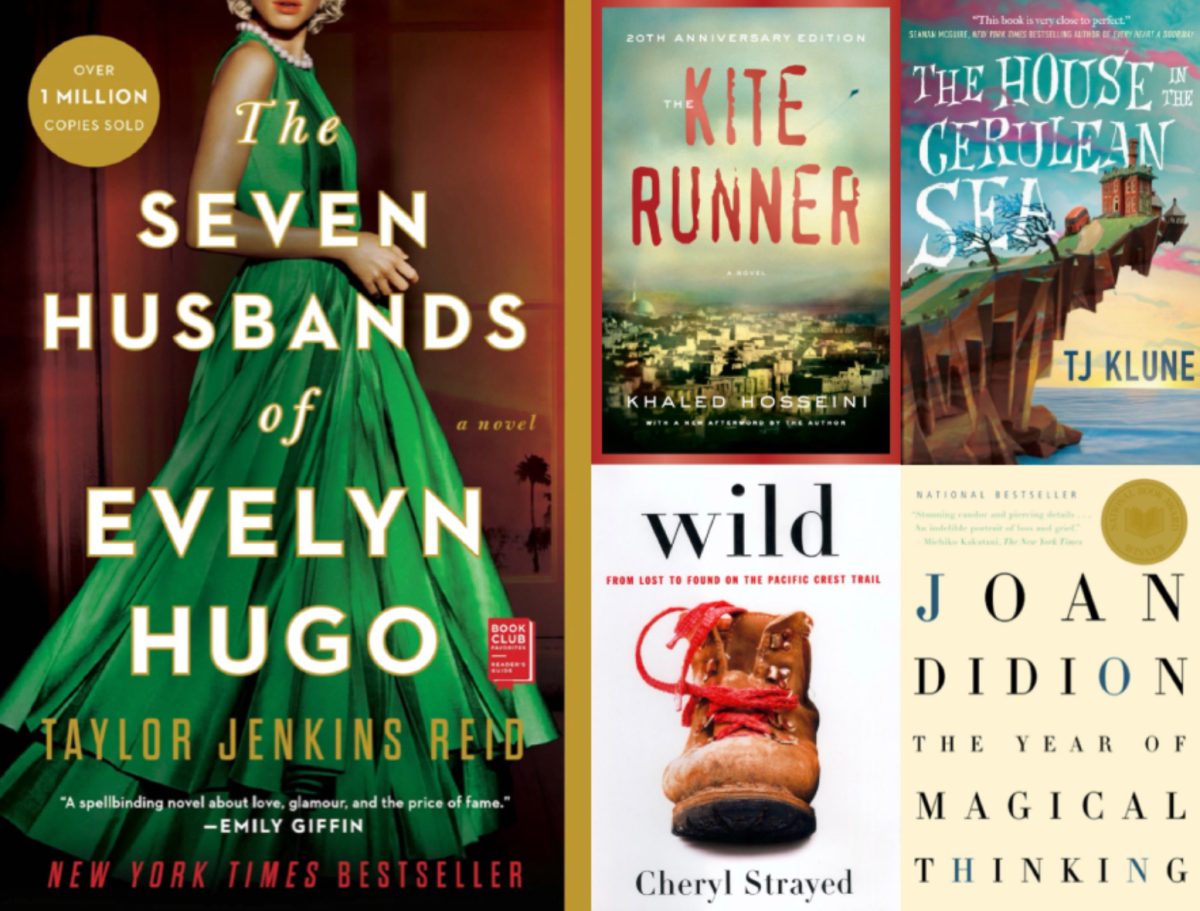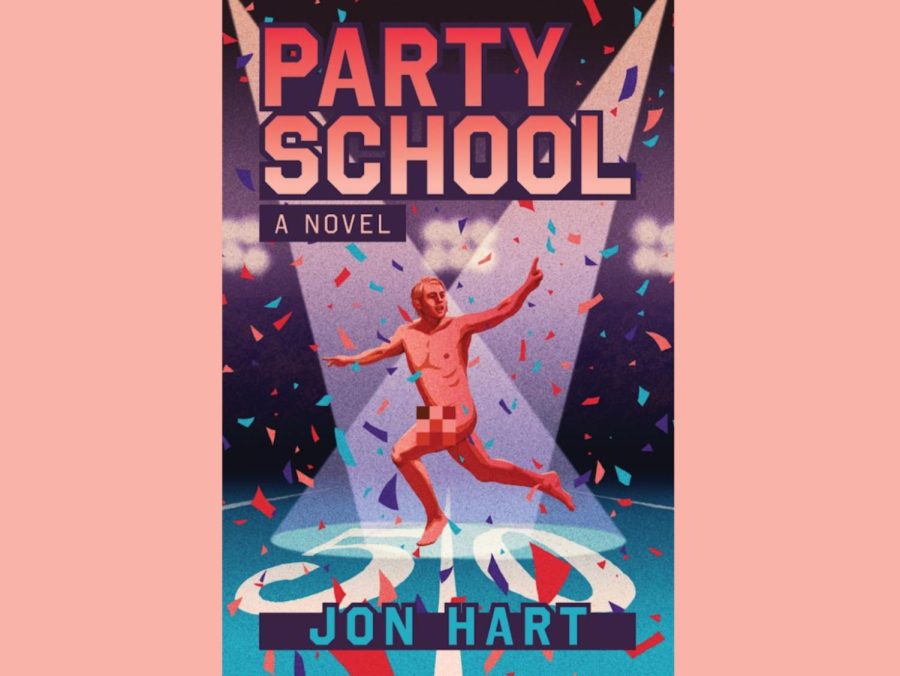It’s 1813, and a novelist writes away at their dusty prose by candlelight—unbeknownst that in a century or two, a copy of their work would be read oceans away by contemporary readers. Classic books have seen a sharp revival with teenagers in recent months, and the reason may be linked to social media.
“I feel like it’s become popular to read older books and be well-read with classics,” said Julia Kaisner, Summit senior and Book Club president.
A popular way for teens to share is through the king of modern social media, TikTok. It made its mark by producing short-form content of a few seconds—a stark contrast to books that have more pages than the years they’ve been published. But ironic enough, inside the TikTok sphere is a community known as BookTok. It’s a dedicated space for reading, reviewing and recommending books to other users on the platform.
A strong percentage of these books that are spread online include classics, namely Jane Austen’s “Pride and Prejudice,” Dazai Osamu’s “No Longer Human” and Margaret Atwood’s “The Handmaid’s Tale,” the latter being the most modern of these. A thriving aesthetic for the weird and hard-hitting realism of these books is made possible by BookTok. Fans cradle and flaunt their collections of books on videos that manage to rake in hundreds of thousands of views.
“I’ve definitely been more motivated from social media, y’know, like BookTok,” expressed the other Book Club president, senior Isabelle Molebash, as a testament to how this trend has affected her.
However, not all online trends make a big enough impact to be noticeable, at least not to Summit teacher and certified librarian, Eila Overcash.
While she hasn’t seen a significant increase in the number of students reading classics, “students are required to read a classic for some classes. So they’re being introduced to literature which’ll hopefully motivate them to read on their own,” said Overcash.
Additionally, when students read older texts, their ability to comprehend the material in English classes increases, in turn keeping them more engaged.
This TokTok trend also poses the dilemma of teens participating in the literature aesthetic without analyzing its contents, buying books at face-value in order to seem more intellectual. As negative as that may seem, it still increases sales and marketing for readers who’d be genuinely interested.
Whether part of a student’s passion for reading comes from social media, true interest or a class requirement, none can deny older books’ vitality to literacy, culture, and relevance today. Pieces that have lasted generations across the world can still affect younger minds. A glimpse into the past livelihoods of ordinary writers is one to be honored.

